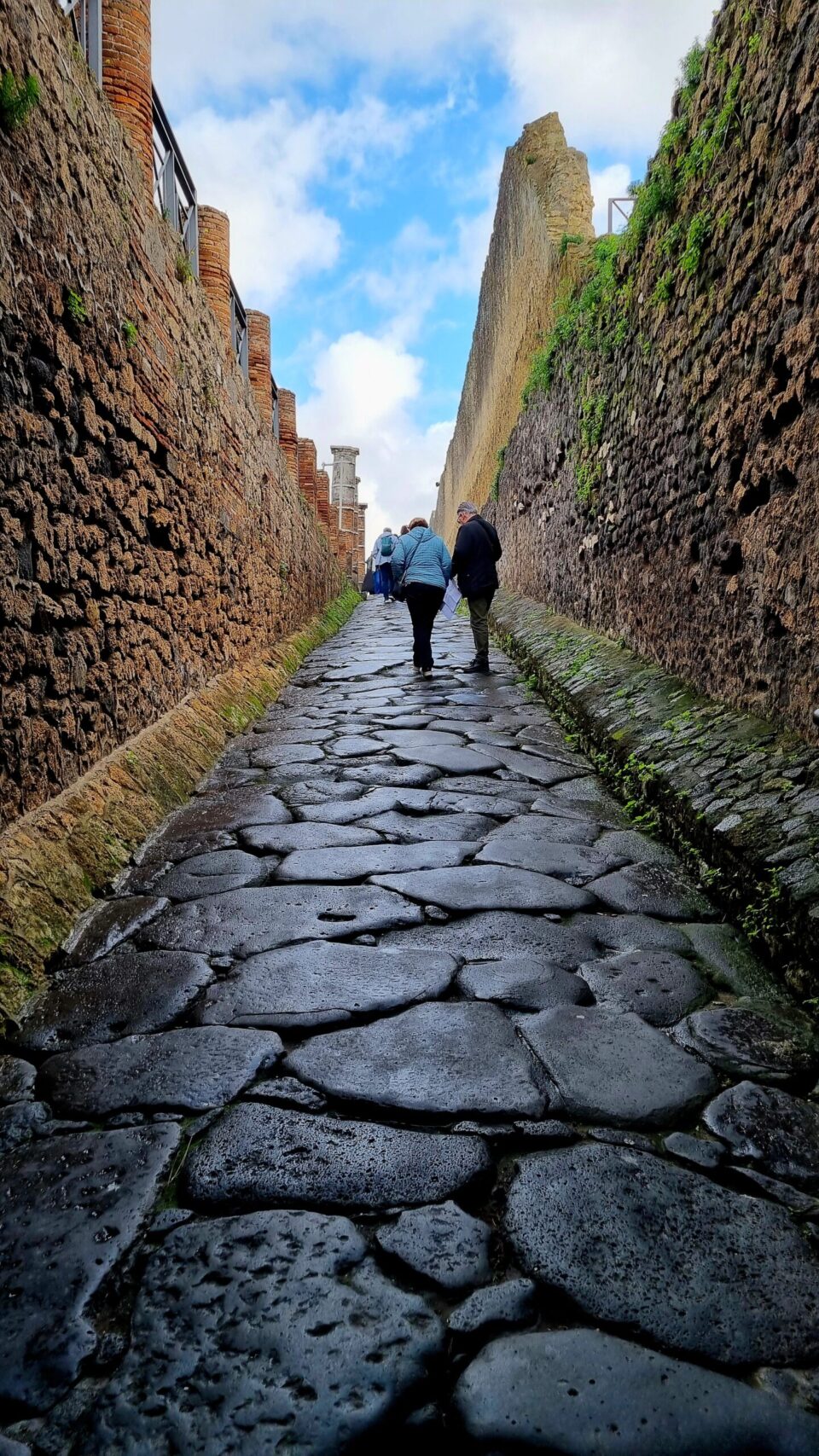On one side, the dormant Mount Vesuvius, and the bay in which there is a giant volcanic caldera are a literal sign that you are in the cradle of civilization
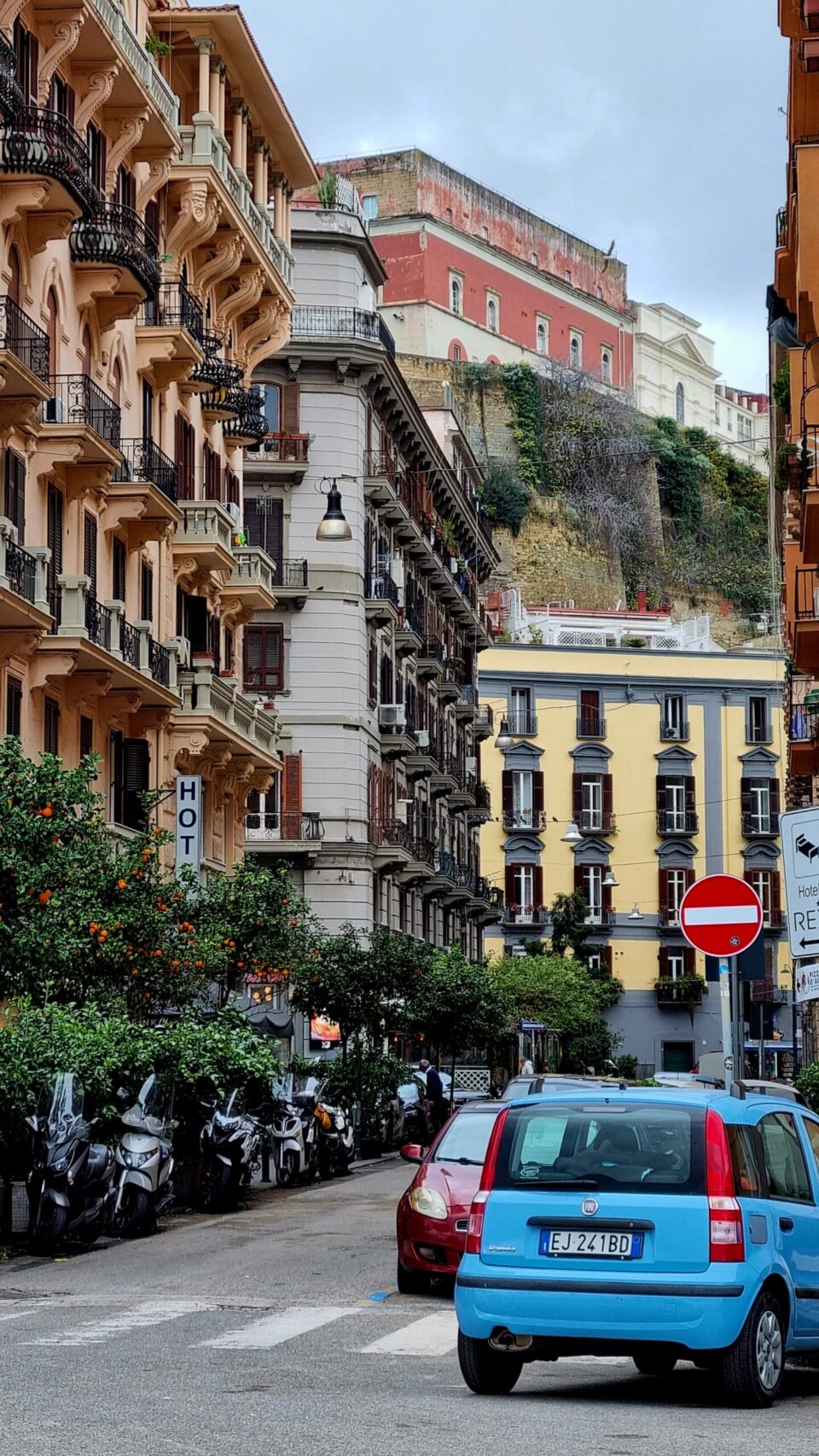
Bella Napoli! One of the oldest cities in the world is located in a geographically exciting place. On one side, the sleeping Vesuvius, and the bay with the giant volcanic caldera are a literal sign that you are in the cradle of civilization. Everything is bustling with life here – from the colours on the baroque facades to the locals on Vespas and the adoring tourists. This is a city where a random female passenger will sing a traditional Neapolitan song with a beautiful lyrical soprano in the subway, accompanied by a busker. There are also images of Naples that cannot be captured by a camera, like the aroma of basil from the warm dough of a freshly made pizza Margherita in an old furnace, the sound of seagulls in the harbour, the clatter of cobblestones under the rush of the river of people and Vespa horns.
“Charlie’s Destiny”, a children’s novel by Aleksandar Popović, is the first book I read without help as a child and I still remember it very vividly today. The book talks about a mother cat, who leads a difficult life hunting mice for a very inconvenient owner, who decides to provide for her offspring, the little cat called Charlie, a better life. She leaves him somewhere in a Dalmatian port in the hope that he will travel to a better world on one of the ships. Charlie is picked up by a girl named Violeta, the daughter of the captain of a large ship sailing to Naples, and he soon finds himself on the exciting and dangerous streets of this Southern Italian city.
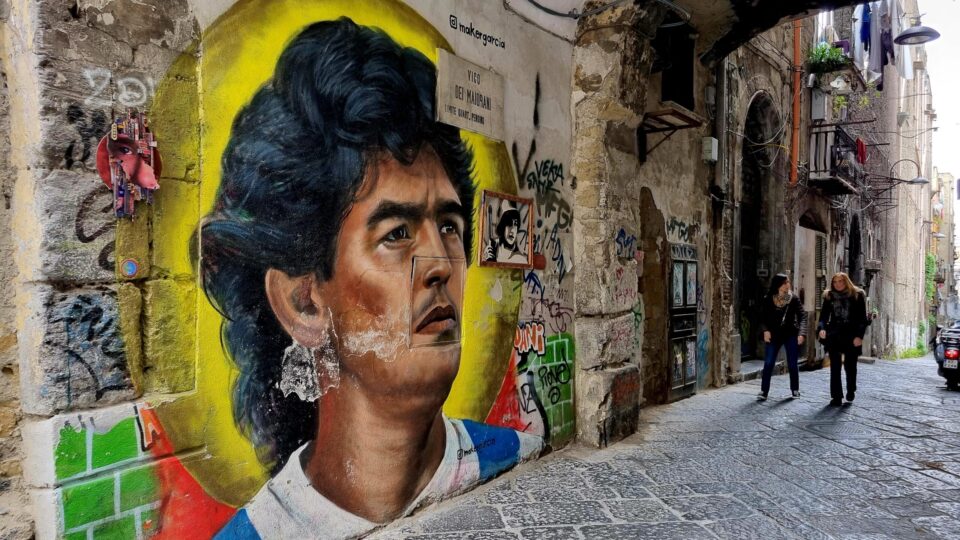
It may be hard to believe, but ever since I was a very small kid, I have dreamed of visiting Naples. As I have never forced anything in my life, I let Naples invite me to itself at some point, and this happened recently at a perhaps not-so-ideal time to visit this city. However, if I have learned anything, it is that when an invitation to have a good time comes from such a badass like Naples, one never refuses.
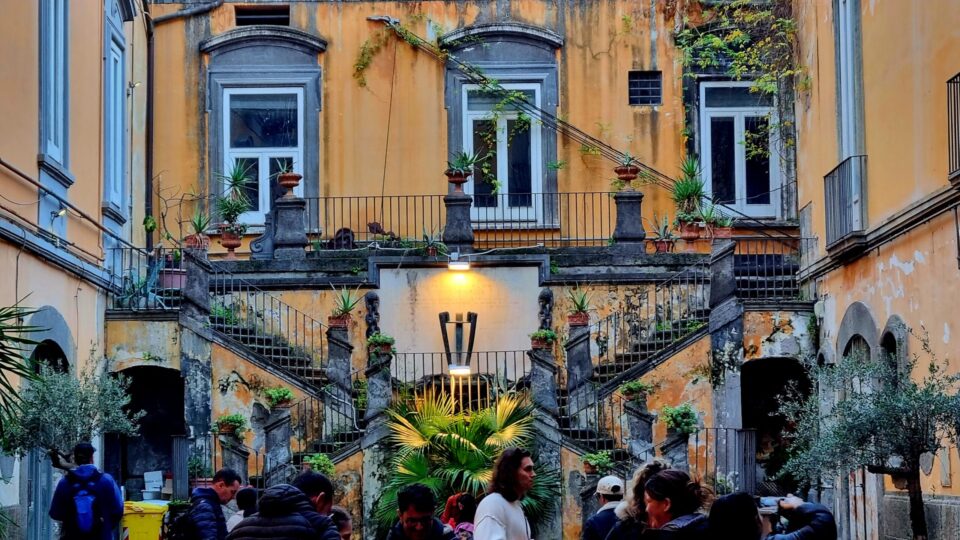
It is no longer that special and crazy city as it was described to me. In fact, it is quite ordinary and in no way different from any European city, except perhaps for the amount of rubbish in the streets. The former chaos on the streets, which the city was known for, does not exist today, at least not in that form. The crowd is no longer made up of Neapolitan kids who curiously peek under the skirts of Neapolitan ladies and gentlemen, pinch them as they pass or steal their latest-fashion purses. There is no more arguing in the rough but melodious Neapolitan dialect that the housewives in aprons shoot out of the windows of the narrow streets while their colourful laundry flutters like flags bearing the image of Maradona today.
Music has always been an integral part of Neapolitan life, even today
Kids today are chasing Pokemon on their phones and Vespas have Polish license plates because that’s how Neapolitans cheat the state by avoiding paying high taxes and of course fines for traffic violations, which they still traditionally commit in large numbers. American pop blares from the pub, while streams of adoring tourists scurry through the streets. aroma of basil from the warm dough of a freshly made pizza Margherita still intoxicates the air, while some new Charlie cats chase fast food scraps on the streets instead of mice.
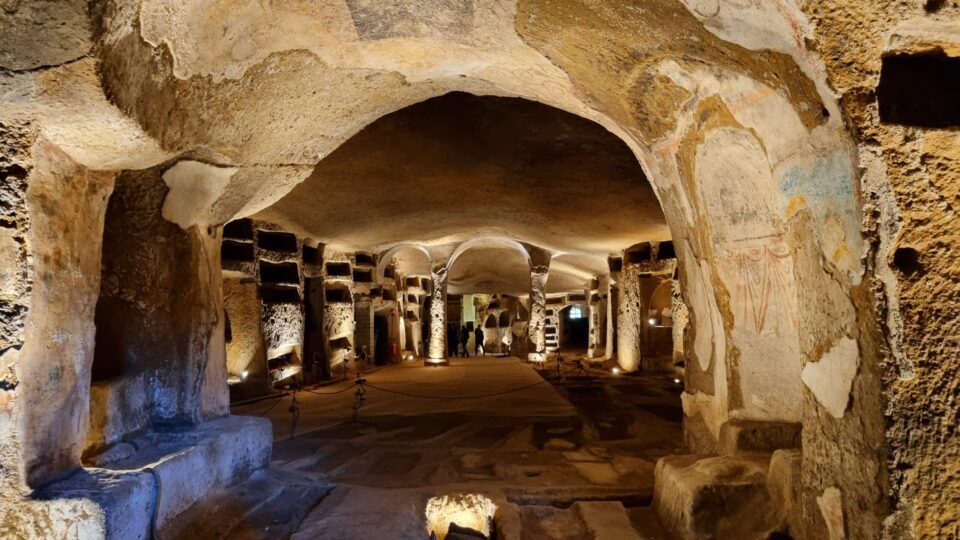
Back in 1898, the director of the Naples newspaper wrote a love poem, today one of the most famous in the world: “Your windowpanes shine, a washerwoman sings and brags… But another sun, even more beauteous, oh my sweetheart, my own sun, shines from your face! This sun, my own sun, shines from your face.” That’s the chorus of the famous song “O Sole Mio”. Music has always been an integral part of Neapolitan life, even today. That is why it is not surprising that the first opera house in the world was opened in this city. The Royal Theatre of San Carlo (Il Real Teatro di San Carlo) was founded in 1737, almost half a century before today’s far more famous Milan’s Scala.
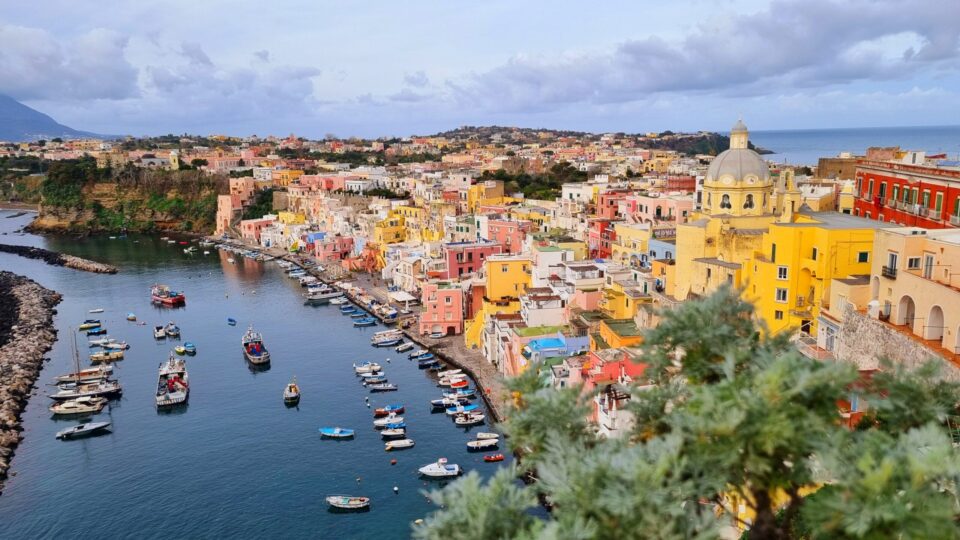
One cannot talk about Naples without mentioning St. Januarius (San Gennaro) and of course, St. Maradona, but more about him another time. Martyr Januarius is also celebrated by the Orthodox Church and in Naples he is considered the patron saint of the city. After the Romans tried unsuccessfully to kill him several times and finally beheaded him, the Neapolitans secretly took his body to the caves of the Capodimonte Hill. Later they would become places of pilgrimage because people believed that his relics had healing powers and could even bring the dead back to life. The catacombs later served as a cemetery, but in recent times they were abandoned and neglected. Until a group of five young people from the neighbourhood of Sanita, which was considered very dangerous and poor, came up with the idea to revive the neighbourhood and employ young people. They founded a cooperative and began to clean the catacombs, which are today one of the largest and most visited sights of the city.
Naples has always functioned according to its own system, which implies no system at all
Naples has always functioned according to its own system, which implies no system at all. The mafia capital of the world is still struggling with this problem, but since numerous vehicles of the financial police parade through the streets, which, let’s say for the argument’s sake, successfully fight against the mafia, the situation is somewhat better. The city is safe, despite the claims of terrified American tourists, but caution is never out of the question.
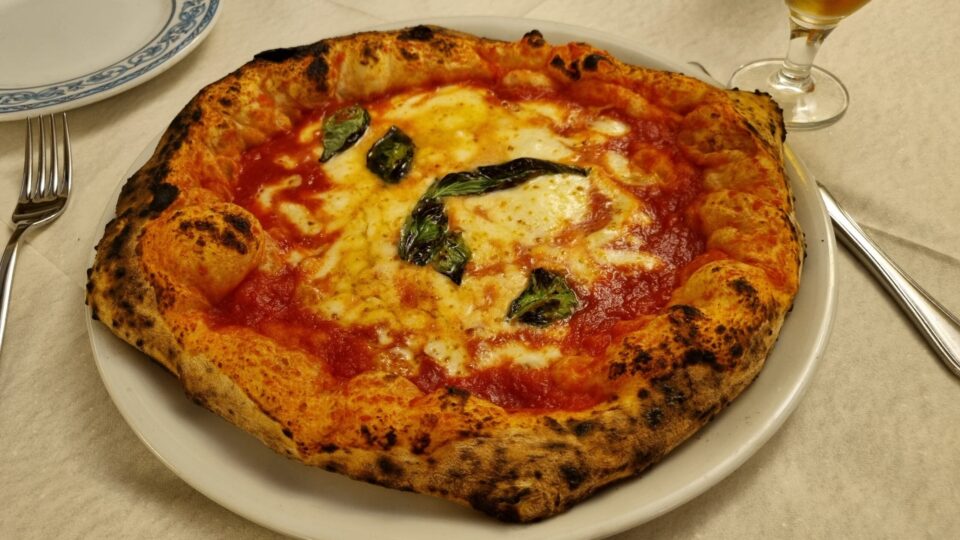
My apartment was located in the seedy eastern suburbs just beyond the apocalyptic industrial zone. In front of my building was a training ground for mafia-run pit bull fights, homeless people slept on my doorstep, rat traps hung on every flagpole and buses passed by less often than the eruptions of the nearby Mount Vesuvius, but despite this, the area gave the impression of safety. No suspicious characters were lurking about and the people here are actually very gentle, hardworking and hospitable. I learned from the conversation with the apartment owner that until a few years ago it was impossible to live here and almost impossible to survive after dark. One did not leave the house even if a fire broke out. The bars on all the windows up to the second floor date back from that period, but the danger is now gone. The local population self-organized, managed to expel drug dealers from the streets and conducted revitalization campaigns. They organized communes that used the common spaces in the buildings to make apartments for rent to tourists and then used the money earned to clean up their own areas. So my rent on the last day of my stay paid for mowing the savannah-like grass in front of the building. Everyone approached me on the street and in the store and it seemed to me that everyone knew that as a seldom tourist, I was somehow their saviour. They did everything possible for me to leave good ratings on the online rental platform because it is important for them for people to know how hard they worked to clean up this area.
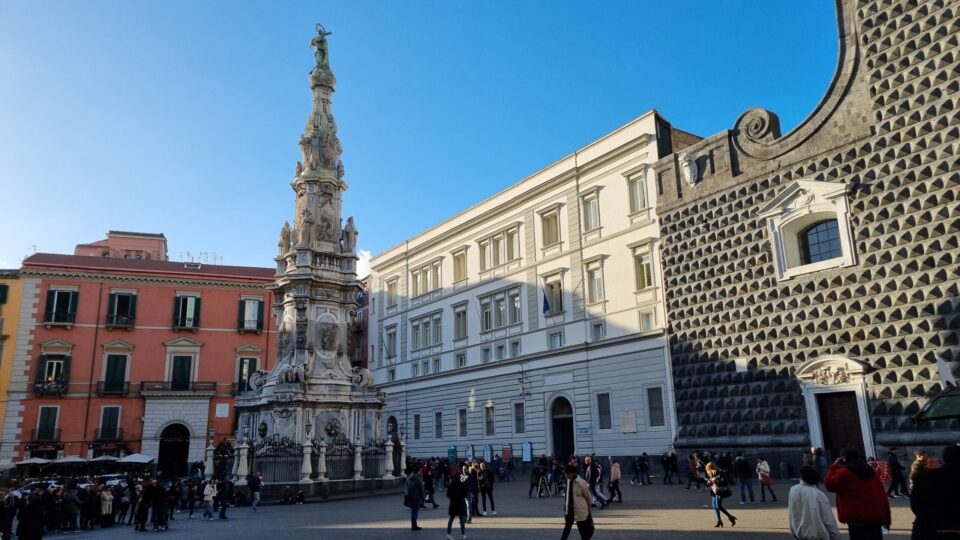
My apartment also had a view of Vesuvius, which shyly hid behind the clouds every day. Not far from there, two villas from the Roman period were discovered, which were buried by lava during the famous eruption that cremated Pompeii and Herculaneum. At that time, east of Naples was home to elite settlements with wealthy merchant houses, the remains of which can be visited today.
Pompeii, a city over 2,000 years old, was destroyed in the eruption of the nearby Mount Vesuvius in 79 AD. Most of the residents evacuated when, after a series of earthquakes, smoke started billowing from the top of a nearby mountain. Thousands of people died, mostly slaves, but also rich people who could not say goodbye to their wealth, so after 17 centuries they were found crouched hugging jars of gold. Covered in lava, Pompeii has preserved an unreal depiction of life in the Roman Empire at that time and by walking through its streets, we realize that absolutely everything in the modern world is based on the knowledge, skills and customs of Ancient Rome – streets, sidewalks, water pipes, bathrooms, shops and public buildings, landscaping, houses, advertisements, lifestyle, work, entertainment, habits… The bizarre irony is that the city was paved with stone obtained from volcanic rocks during its construction. It’s as if the roads were paved with lava streams that would melt them away a little more than a century later.
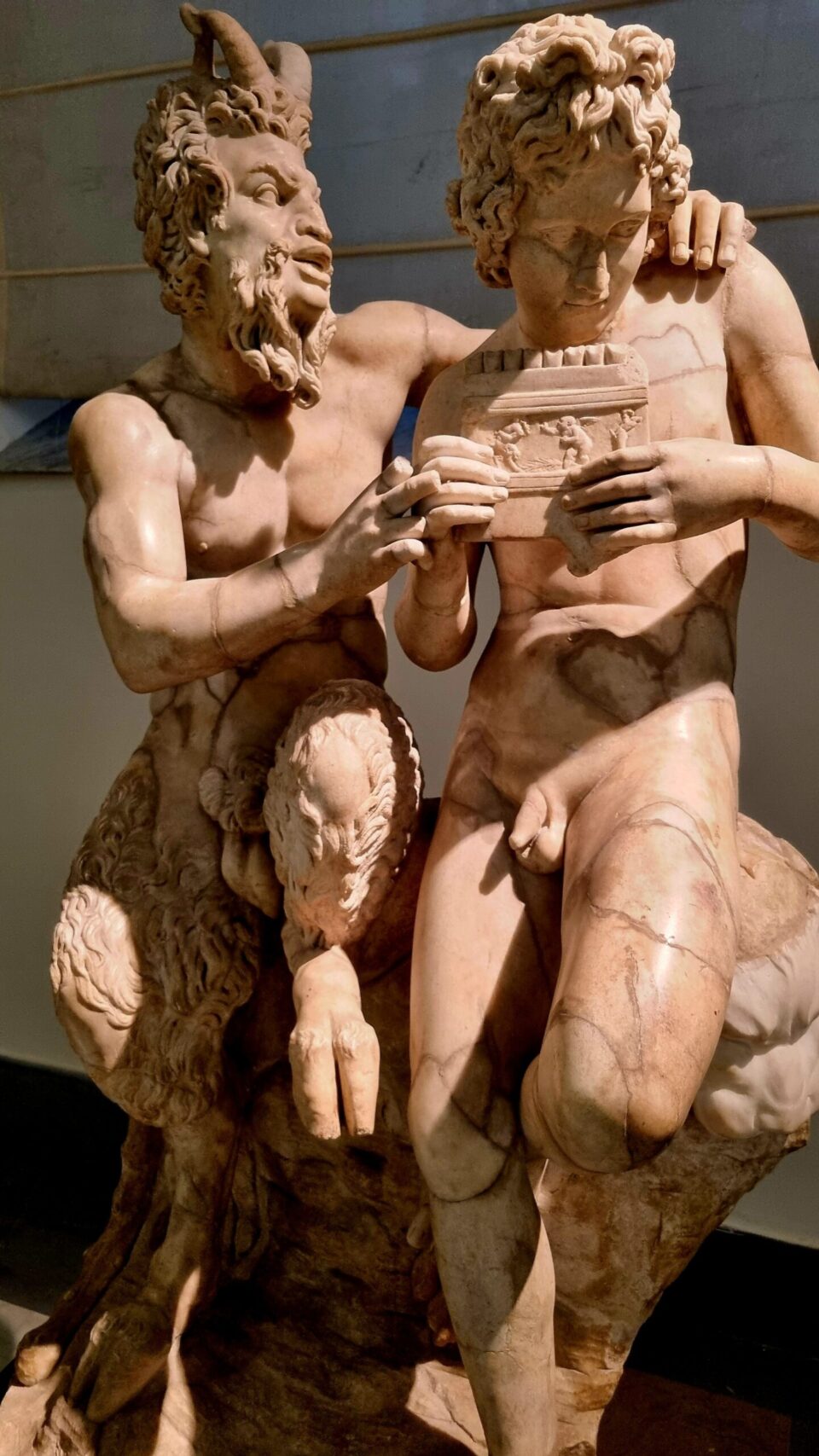
Naples is a very popular tourist destination. Not only does its baroque and sumptuous architecture attract attention, but there are also hundreds of churches, some of which date back to the early Christian period. There are as many as seven fortresses in the city itself. Castel dell’Ovo, the first and oldest, is located on the fishing promontory from where the city began to expand towards the oldest city district of Pizzofalcone, then San’Elmo, perched on top of the hill from which there is a view of the entire city, Vesuvius, the islands of Capri, Ischia and Proccida, then Castel Nuovo, in the very centre, next to the royal palace, at the beginning of the Spanish quarter. Castel Capuano is in the very centre of the city, while the other three are located outside the city area but administratively belong to Naples.
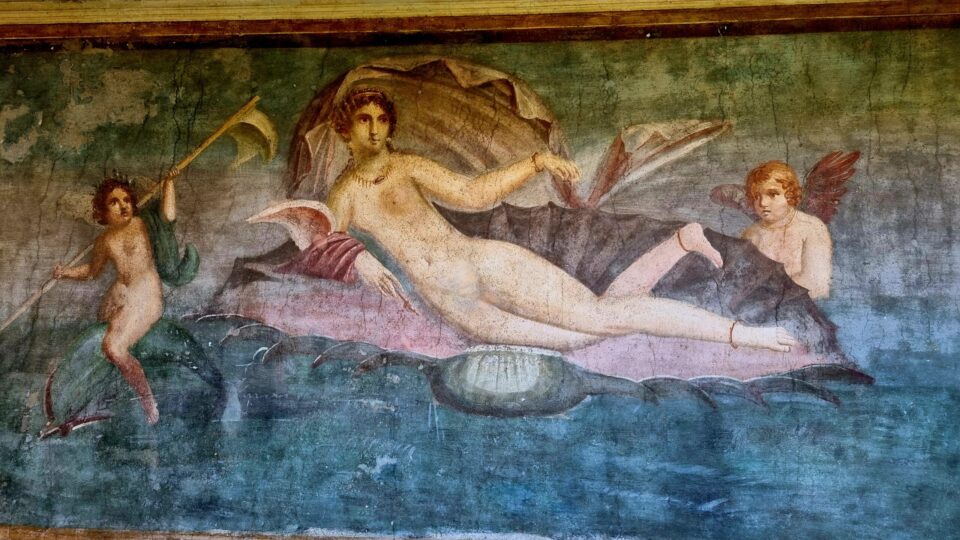
The city’s turbulent history is also reflected in its architecture and urbanism. The Spanish quarter, as one of the oldest, is quite reminiscent of Spanish towns, which is not surprising considering that the Spanish ruled this city for two centuries (16th and 17th). After the Spanish, the city was conquered by the Bourbons, who built the magnificent royal palace and the royal opera and designed its centre towards the harbour in the style of Central European cities. The museums are proudly helmed by the Archaeological Museum, which houses objects found in Pompeii and Herculaneum, as well as numerous statues of impressive dimensions from the Greek and Roman periods.
Procida, a quiet and small island in the Gulf of Naples, is the perfect escape from the city’s hustle and bustle
Naples is especially attractive to tourists in the summer as the centre of the Amalfi Coast. From there you can take the Circumvesuviana train to all the beautiful towns on the coast such as Sorrento and Positano. I should also mention the magnificent archipelago in the Tyrrhenian Sea. The most famous island of Capri is a real luxurious paradise for the rich, where even Roman emperors came to rest. Due to its natural features and volcanic origin, the island of Ischia has spa status and is becoming increasingly popular among tourists looking for spa treatments at numerous hot and healing springs. Procida, a quiet and small island in the Gulf of Naples, is the perfect escape from the city’s hysteria. Pablo Neruda also went into exile here, which prompted the beautiful movie Il Postino (The Postman) to be made, in which the mayor has to hire a postman because of the amount of letters Neruda receives. The Talented Mr. Ripley was also filmed on Procida. The island is so picturesque and the houses are of different colours so that fishermen would be able to recognize each house from the sea.
